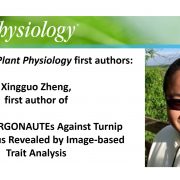
Recognizing Plant Physiology first authors: Xingguo Zheng
Plant Physiology, Plant Physiology: Author ProfilesXingguo Zheng, first author of Antiviral ARGONAUTEs Against Turnip Crinkle Virus Revealed by Image-based Trait Analysis
Current Position: Research Scientist, Carrington laboratory, Donald Danforth Plant Science Center
Education: Ph.D., Washington University in St Louis, St. Louis, MO, U.S.A.; M.S.,…
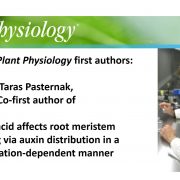
Recognizing Plant Physiology first authors: Taras Pasternak
Plant Physiology, Plant Physiology: Author ProfilesTaras Pasternak, co-first author of Salicylic acid affects root meristem patterning via auxin distribution in a concentration-dependent manner
Current Position: Post-doc Institute of Biology II/Botany, University of Freiburg
Education: PhD in genetics (Institute of Botany, National Academy of Sciences…
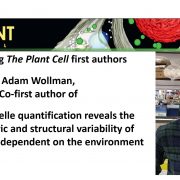
Recognizing The Plant Cell first authors: Adam Wollman
The Plant Cell, The Plant Cell: Author ProfilesAdam Wollman, co-first author of Single-organelle quantification reveals the stoichiometric and structural variability of carboxysomes dependent on the environment
Current Position: Centre for Future Health Research Fellow
Education: DPhil in Condensed Matter Physics, University of Oxford; MPhys…
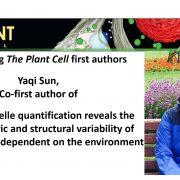
Recognizing The Plant Cell first authors: Yaqi Sun
The Plant Cell, The Plant Cell: Author ProfilesYaqi Sun, co-first author of Single-organelle quantification reveals the stoichiometric and structural variability of carboxysomes dependent on the environment
Current Position: Postdoctoral research associate at Institute of Integrative Biology, University of Liverpool
Education: PhD of Microbiology,…
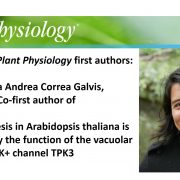
Recognizing Plant Physiology first authors: Viviana Andrea Correa Galvis
Plant Physiology, Plant Physiology: Author ProfilesViviana Andrea Correa Galvis, first author of Photosynthesis in Arabidopsis thaliana is unaffected by the function of the vacuolar K+ channel TPK3
Current Position: Post-doctoral researcher at the Max Planck Institute for Molecular Plant Physiology, Germany
Education: PhD in Plant Biology, Heinrich…

Maximizing the signal, decreasing the noise, Part 2: Skills for speaking and designing clearly
Blog, Plantae Webinars, Science Communication, Webinars0 Comments
/
Maximizing the signal, decreasing the noise, Part 2: Skills for speaking and designing clearly
Recorded April 2019
About This Webinar
In part 1 of the webinar, Professor Tobias Baskin introduced a philosophy for writing clearly based on recognizing that our words are read. In part 2, he extends…

How Plants Adapt to Different Temperatures
Research, The Plant Cell, The Plant Cell: In a NutshellMéndez-Vigo et al. explore how plants from different world regions adapt to different temperature conditions. Plant Cell https://doi.org/10.1105/tpc.18.00938.
By Belen Méndez-Vigo and Carlos Alonso-Blanco
Background: Plants adapt to seasonal and yearly fluctuations in ambient temperature…
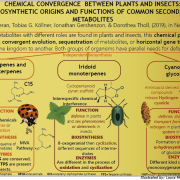
Chemical convergence between plants and insects: biosynthetic origins and functions of common secondary metabolites
Blog
Plants and insects aren't closely related, but the have indeed a plethora of similar chemical weapons used for their interactions (defense, attraction, etc). In this article Beran, et al, shows the different metabolites that are shared in both groups, in insects and plants. 1.The monoterpenes…
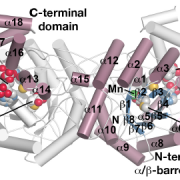
Methionine-Derived Glucosinolates: The Compounds that Give Brassicas their Bite
Research, The Plant Cell, The Plant Cell: In BriefThe compounds that give wasabi (Eutrema japonicum) its kick and bok choy (Brassica rapa ssp. chinensis) its distinctive flavor are breakdown products of glucosinolates derived from not so pungent amino acids. These zesty phytochemicals help Brassica plants adapt to their many environmental niches worldwide…

